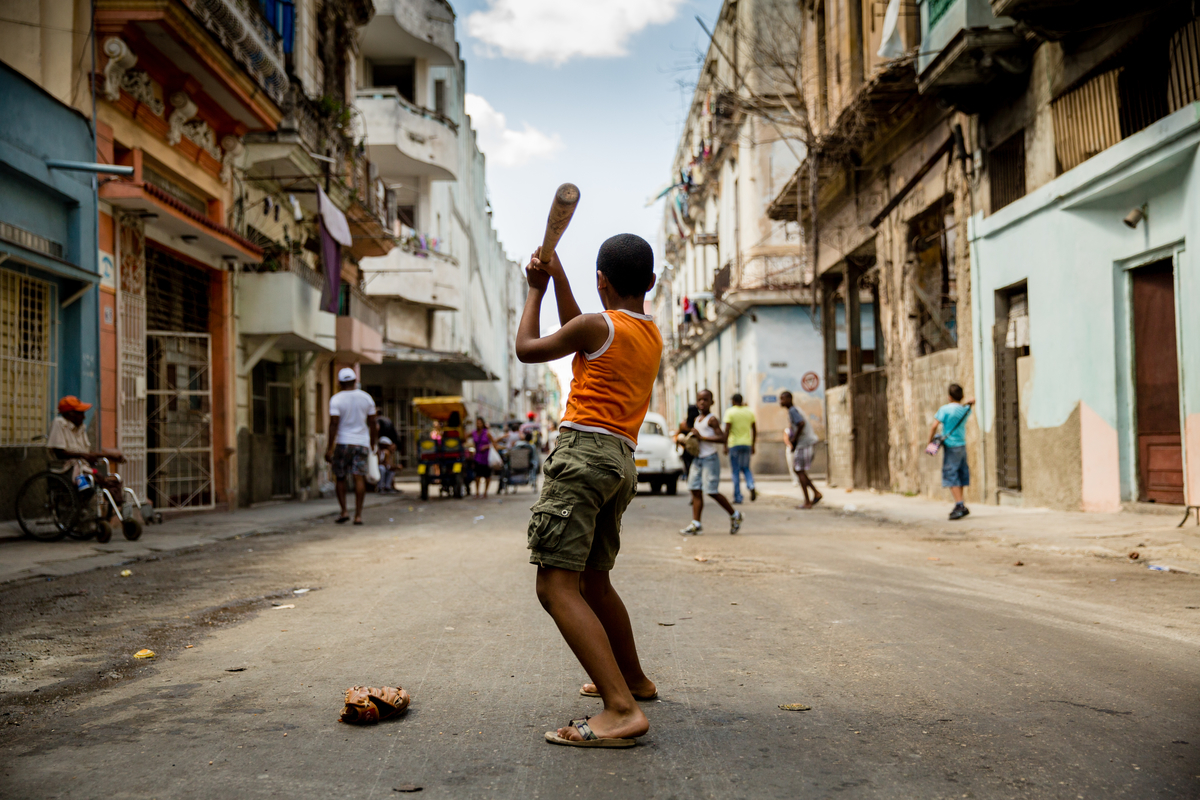 Earlier this year Lisa Shires traveled to Cuba with fellow photographer Alison Harbaugh to complete a photography project she’d planned for months. Once there, she realized that the logistical challenges of working in a developing country were too much for her original plan, so did what many photographers are forced to do: make something happen. The result is a beautiful series of images of the people she met in Havana. Shires presents her subjects in a vibrant, personal way.
Earlier this year Lisa Shires traveled to Cuba with fellow photographer Alison Harbaugh to complete a photography project she’d planned for months. Once there, she realized that the logistical challenges of working in a developing country were too much for her original plan, so did what many photographers are forced to do: make something happen. The result is a beautiful series of images of the people she met in Havana. Shires presents her subjects in a vibrant, personal way.
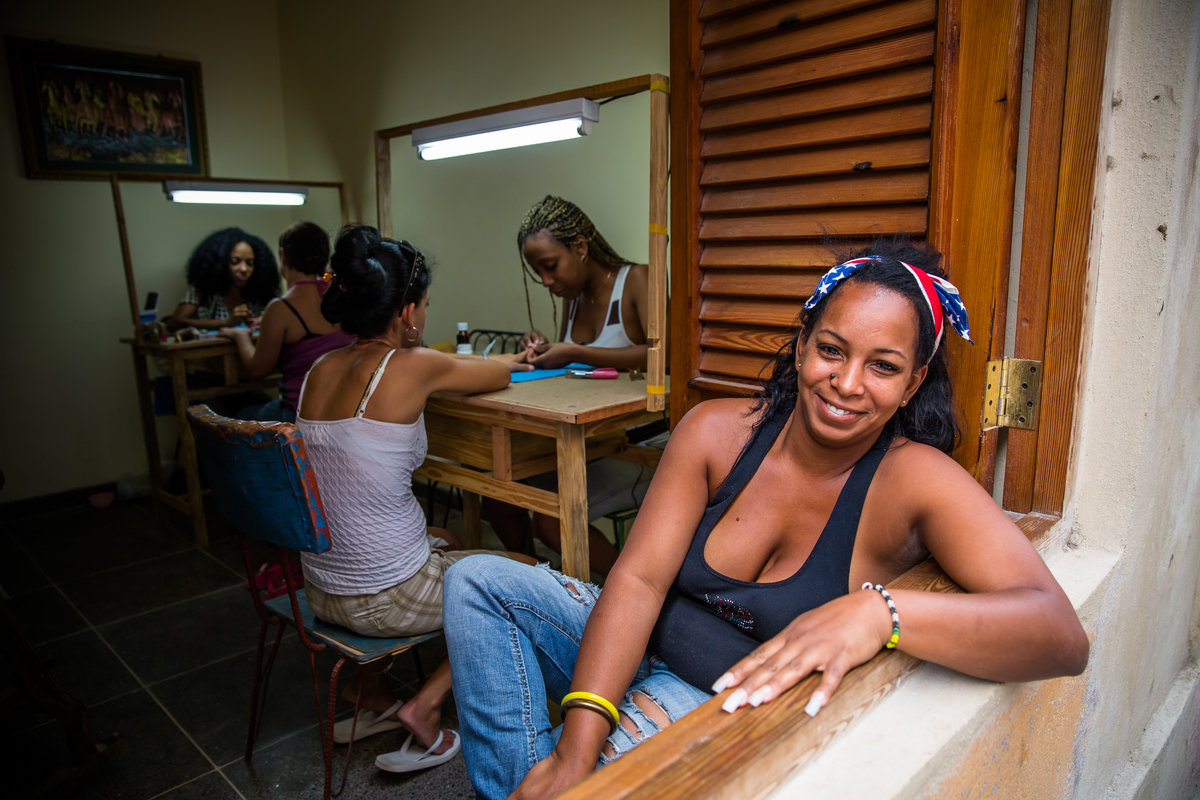 Shires wanted to step away from the stereotypical images of Cuba. She says:
Shires wanted to step away from the stereotypical images of Cuba. She says:
My approach was to come back with something different, not just photos of old cars and cigars. I had a project idea in mind, but I threw it out the window after arriving and decided to instead let the images come to me. Basically, it took pressure off both me and the trip itself. So, I decided to walk and walk and walk, every day, hoping to stumble upon moments and people that caught my eye. I wanted to connect with my subjects and learn their stories. I wanted some substance behind their portraits and to make new friends; I didn’t want to just click and keep going like so many tourists do. I wanted to show an appreciation for the place I was visiting and the people that I encountered.
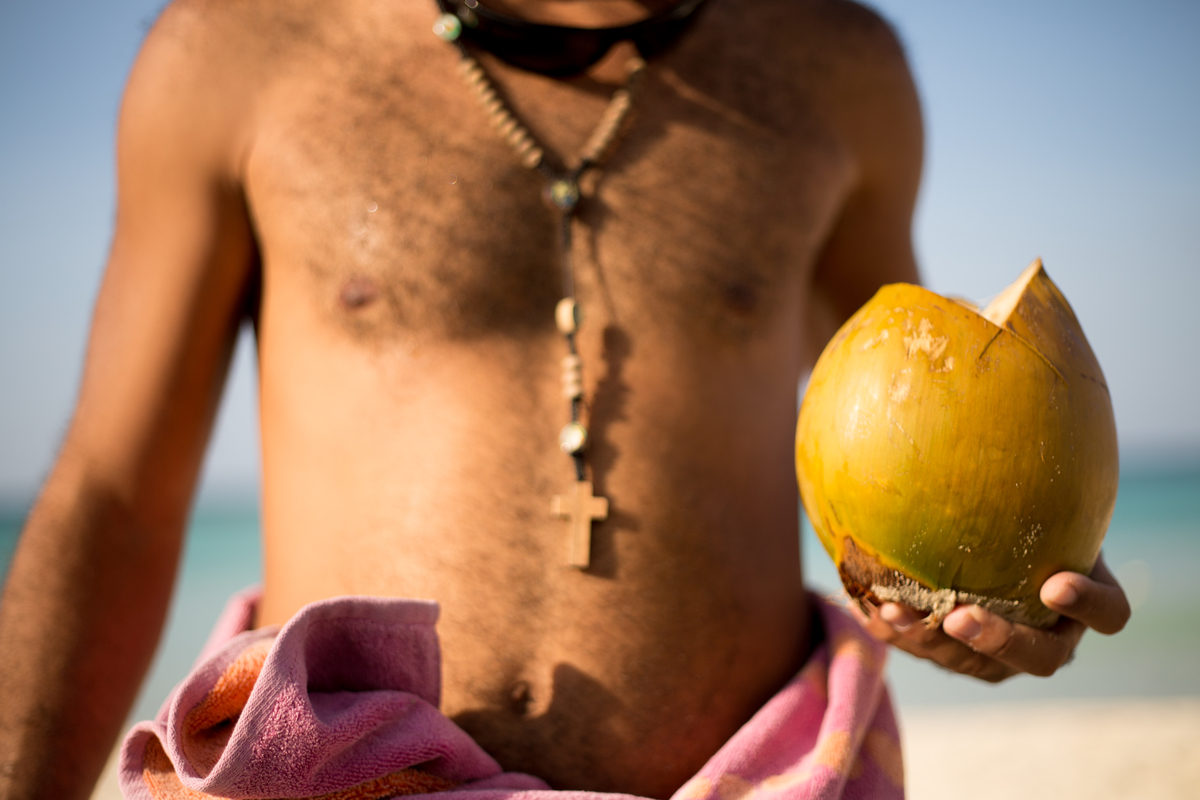 Rather than shoot in a documentary style, Shires decided to interact with her subjects. She explains, “I started a conversation (sometimes short, sometimes long), in horribly broken Spanish, with every person before asking their permission to take a photo. The stories that unfolded not only enhanced the images and made them much more special, but this practice gave me a chance to really connect and learn, which was an awesome experience in itself.”
Rather than shoot in a documentary style, Shires decided to interact with her subjects. She explains, “I started a conversation (sometimes short, sometimes long), in horribly broken Spanish, with every person before asking their permission to take a photo. The stories that unfolded not only enhanced the images and made them much more special, but this practice gave me a chance to really connect and learn, which was an awesome experience in itself.”
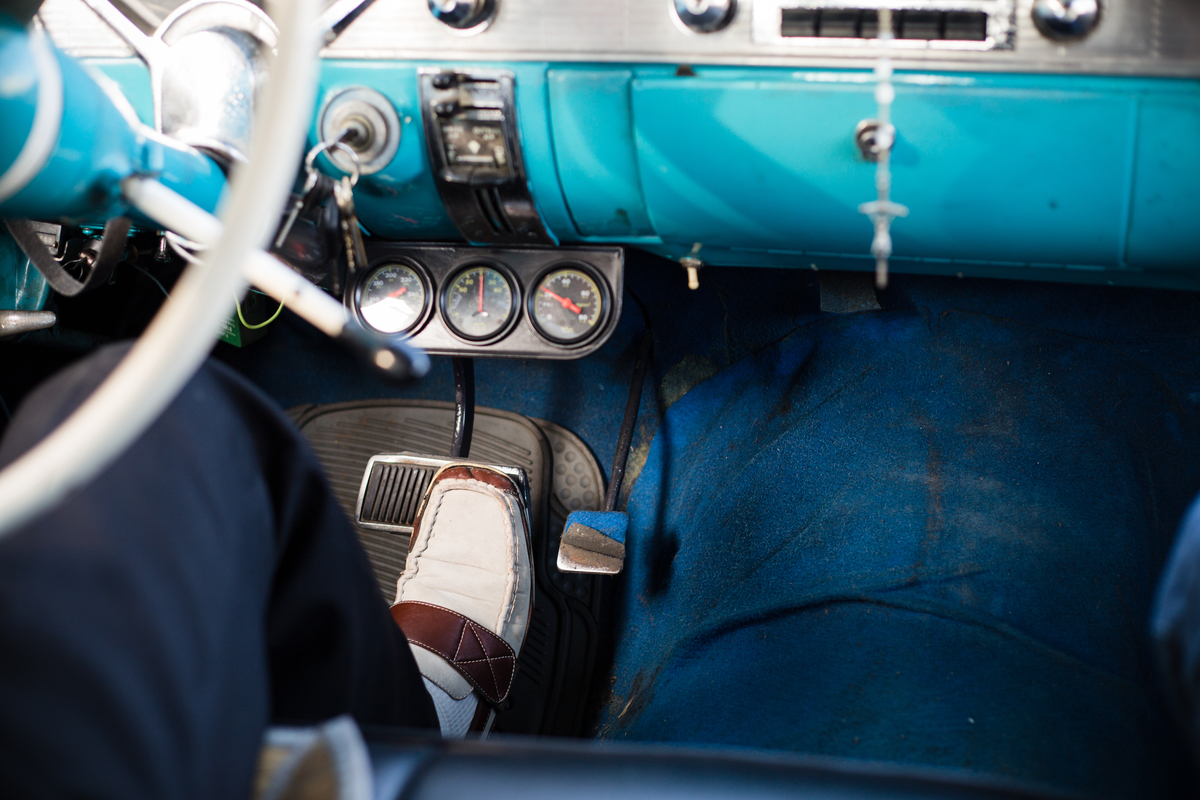 One subject that Shires connected with was the owner of the shared house, or casa particluar, where she stayed. She says:
One subject that Shires connected with was the owner of the shared house, or casa particluar, where she stayed. She says:
I came to Cuba with photo releases translated in Spanish – there were two on each piece of paper. I didn’t have scissors, so I wandered down the tiny hall of our casa particular to find the “old lady” who I kept hearing giggling at her very loud TV. I knocked on the door to her room and asked her, in horrible Spanish, if she had scissors I could borrow. She didn’t speak English and rambled on about her disappointment in the fruit served at breakfast that morning before going into a drawer to pull out a very small pair of scissors.
While I waited, I was smiling at the beauty and simplicity of her room. The entire casa had original Spanish tile everywhere, each room had an antique chandelier, and her room consisted of a bed, small couch, a wardrobe, TV, a fan and a huge impressionist painting on the wall. She handed me the scissors and I sat on the couch and started to cut the releases. She was going on and on in Spanish and I was having a really hard time following her, so I just started asking her questions like “so, this is your Casa?” She told me that she and her son, Emilio, owned the casa and Emilio also ran the very fancy restaurant next door. Only a few years ago, the socialist/communist Cuban government started to allow citizens to own their own businesses. Despite the insane tax rate that comes along with that, owning a business in Cuba is a statement of independence and pride, which many Cubans have never had the chance to feel.
Her other son, Jesus, was a painter and all of the huge, beautiful paintings that splashed the walls of the casa were his. She went back to her drawer and pulled out a black and white photo of a couple. That couple was Carmen and her husband, also named Jesus, that looked like it was from the 1950s. It was amazing. I asked her if she had family in the United States and she responded that she has family in Miami and San Francisco and they are hair stylists.
The pristine condition of this casa particular compared to the rubble of buildings surrounding it suddenly started to make sense. At first we thought that they might receive concessions from the government as a “government-owned” casa, but when she mentioned that she had family in the US, I assumed that they are probably sending money to her in Cuba, like most Cuban-Americans do if they still have family living on the island. After I was done, I gave back the scissors, thanked her, and explained that I was a photographer. I asked if I could take her photograph and she happily obliged.
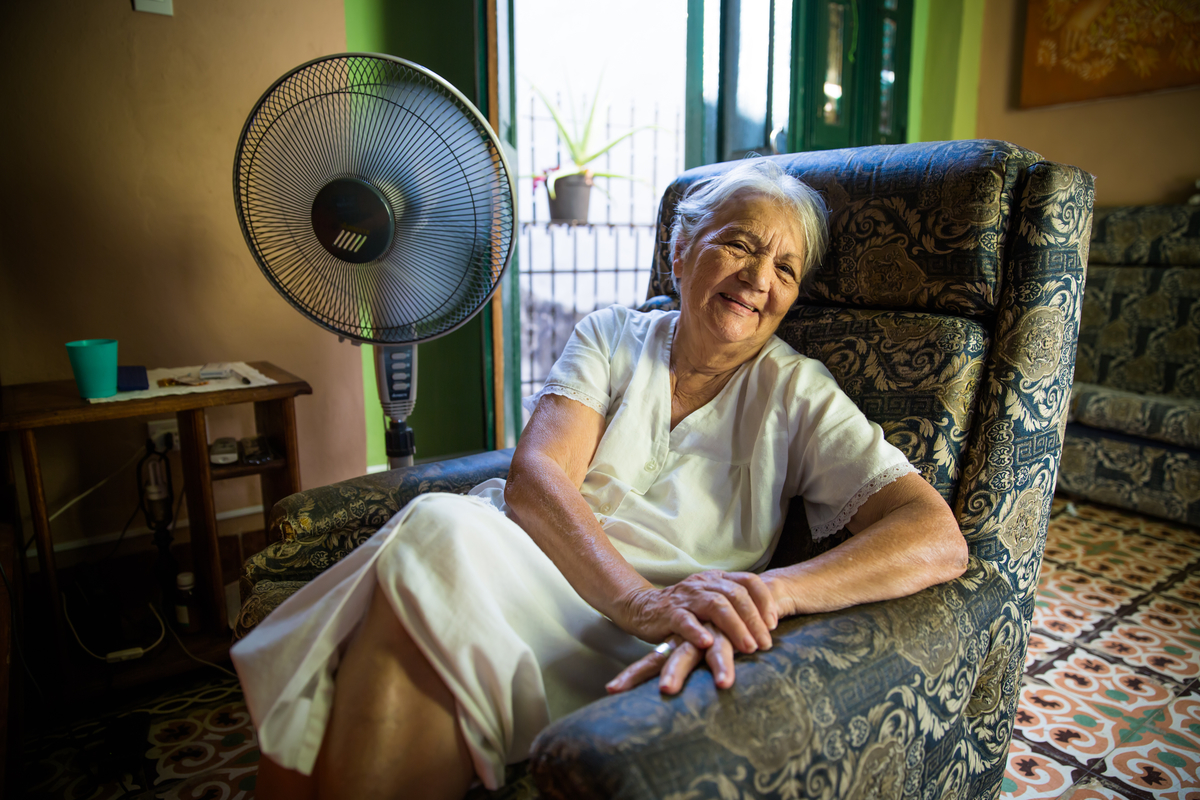 A few months later Shires was able to get prints of her work to Carmen through some friends traveling to Cuba. She explains, “Two months later, three friends of mine were heading to Havana on a group photo trip very different from ours. I asked if they would be willing to take some prints I had made to Carmen. I drew them a map on how to find the casa and they took the prints I made of Carmen and the casa to her and the staff. I got an email from Leo, the casa manager, saying how beautiful they were and how happy they made her.”
A few months later Shires was able to get prints of her work to Carmen through some friends traveling to Cuba. She explains, “Two months later, three friends of mine were heading to Havana on a group photo trip very different from ours. I asked if they would be willing to take some prints I had made to Carmen. I drew them a map on how to find the casa and they took the prints I made of Carmen and the casa to her and the staff. I got an email from Leo, the casa manager, saying how beautiful they were and how happy they made her.”
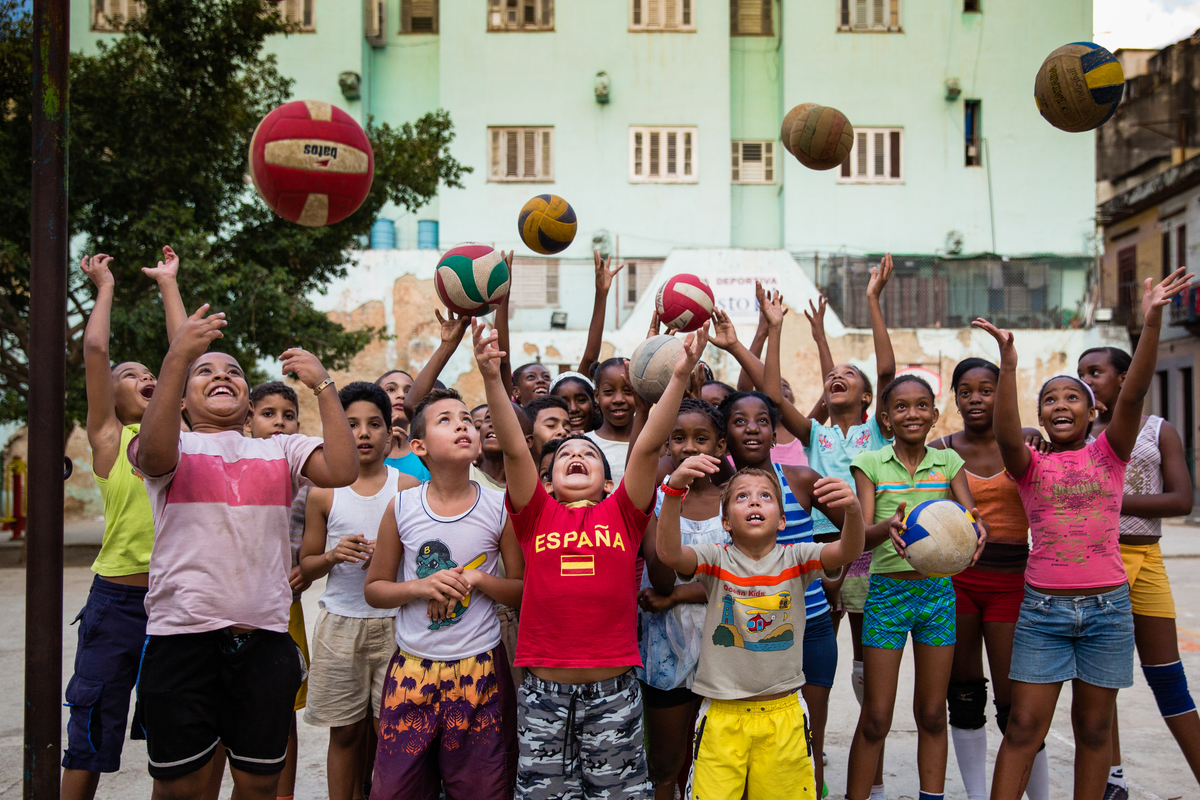 All images were made in Havana, Cuba in 2013. You can see more of Shires’ work on her website, lisashires.com.
All images were made in Havana, Cuba in 2013. You can see more of Shires’ work on her website, lisashires.com.